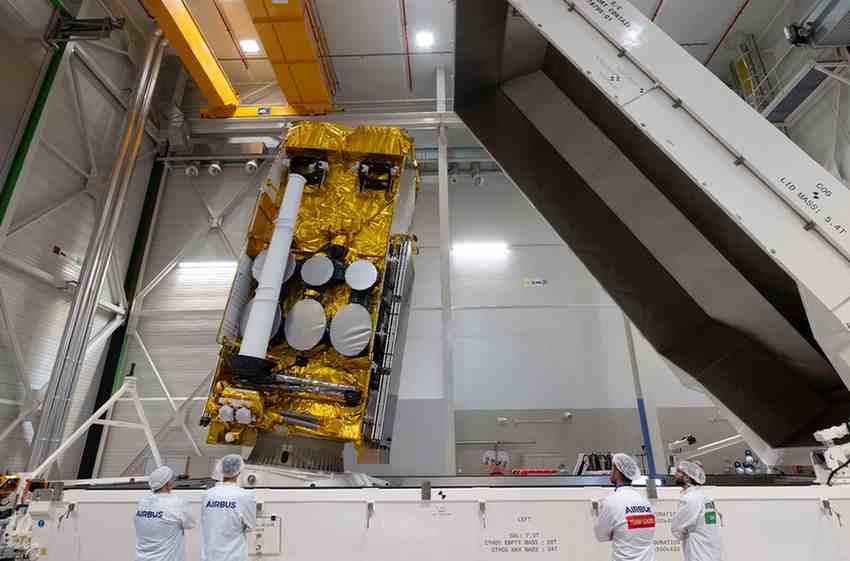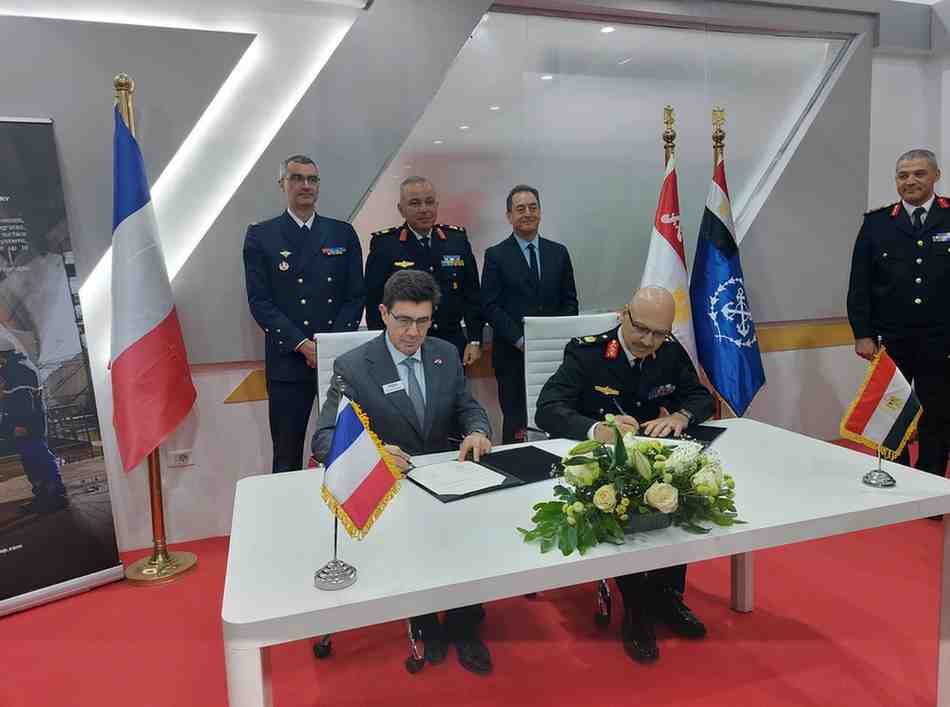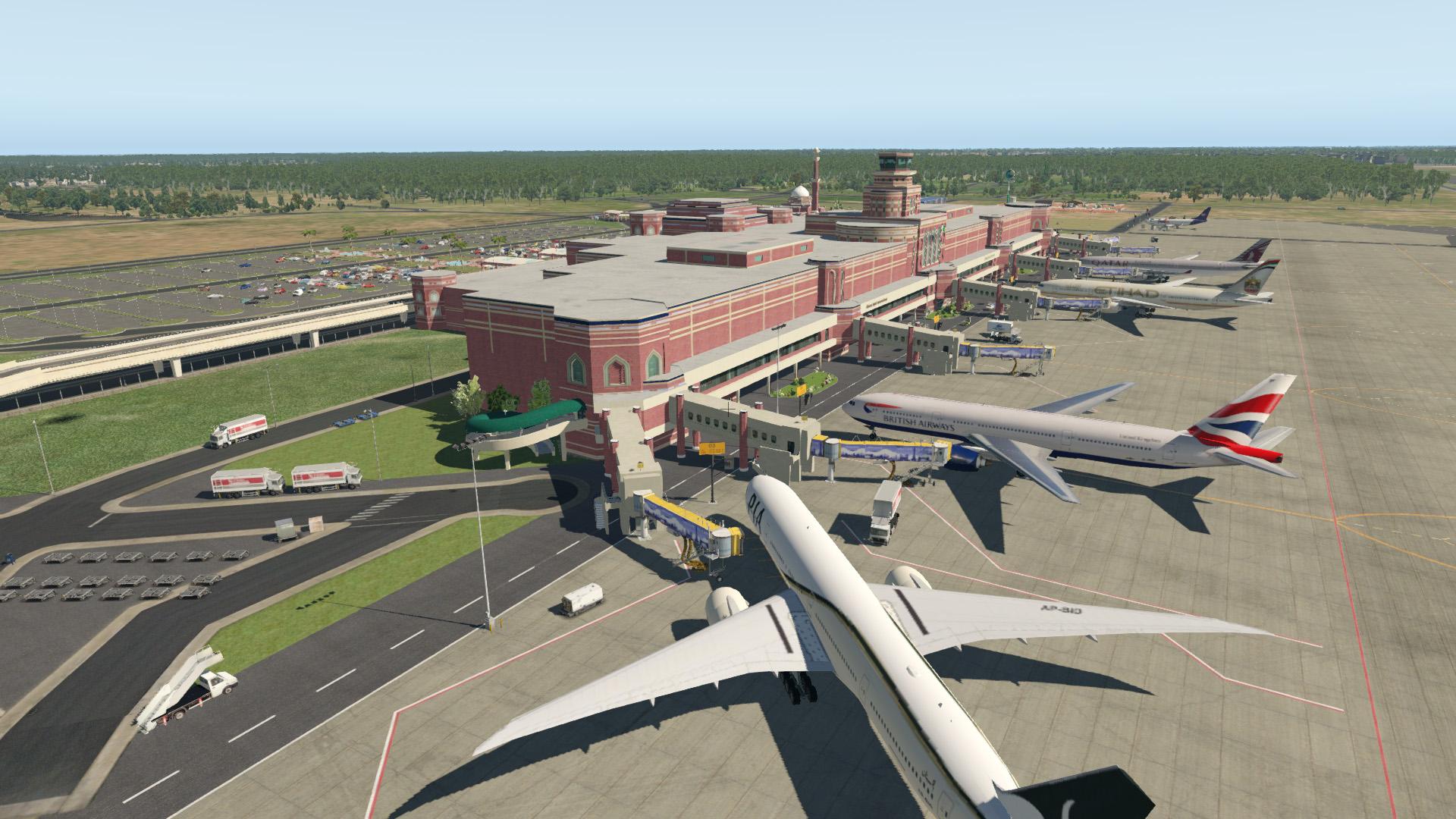The SpainSat NG-II, the second next-generation secure communications satellite built by Airbus for Spain, has been successfully launched from NASA’s Kennedy Space Center in Florida, United States.
This launch marks the completion of the SpainSat NG programme — Spain’s most ambitious space project and Europe’s most advanced government communications system, led by Hisdesat on behalf of the Spanish Ministry of Defence.
Table of Contents
ToggleProgramme Overview
The SpainSat NG system consists of two identical satellites, SpainSat NG-I and SpainSat NG-II, designed to provide secure, resilient, and sovereign communications for the Spanish Armed Forces, NATO, the European Commission under the GOVSATCOM initiative, and other allied governments. Both satellites will begin joint operational service in spring 2026, significantly enhancing Europe’s secure space-based communications capability.
Manufacturing and Launch
Following integration, testing, and validation at Airbus’ Toulouse facilities, SpainSat NG-II was shipped to Florida in September 2025 and launched aboard a SpaceX Falcon 9 rocket. Its twin, SpainSat NG-I, was launched in January 2025 and is already in orbit.
“Secure satellite communications play an increasingly important role in military operations, humanitarian relief, and rescue missions. With SpainSat NG, Spain will be at the forefront of Europe, among the few nations with access to the most secure communications networks,” said Raquel González Sola, Head of Space Systems at Airbus in Spain.
Technical Capabilities
Built on the Airbus Eurostar Neo platform, the 7-metre-tall, 6-ton spacecraft incorporates a highly innovative payload featuring an X-band active transmit and receive antenna system. This design provides the equivalent functionality of 16 traditional antennas, enabling the satellite to dynamically reconfigure its coverage up to 1,000 times per second.
The payload, accounting for half of the satellite’s total build, was designed and manufactured by the Spanish space industry under Airbus’ leadership. The active antenna system also provides anti-jamming and geolocation capabilities, is hardened against nuclear electromagnetic pulses, and offers exceptional flexibility for government and defense missions.
Innovation and Partnerships
Key enabling technologies — particularly the active antenna system — were developed under the Pacis 3 ESA-Hisdesat Partnership Project, within the ESA ARTES programme, and supported by the Spanish Space Agency.
The successful deployment of SpainSat NG-II underscores Spain’s growing role in Europe’s secure space architecture and reaffirms Airbus’ leadership in sovereign defense communications.
- GDI Staffhttps://defensetalks.com/author/umair/
- GDI Staffhttps://defensetalks.com/author/umair/
- GDI Staffhttps://defensetalks.com/author/umair/
- GDI Staffhttps://defensetalks.com/author/umair/












